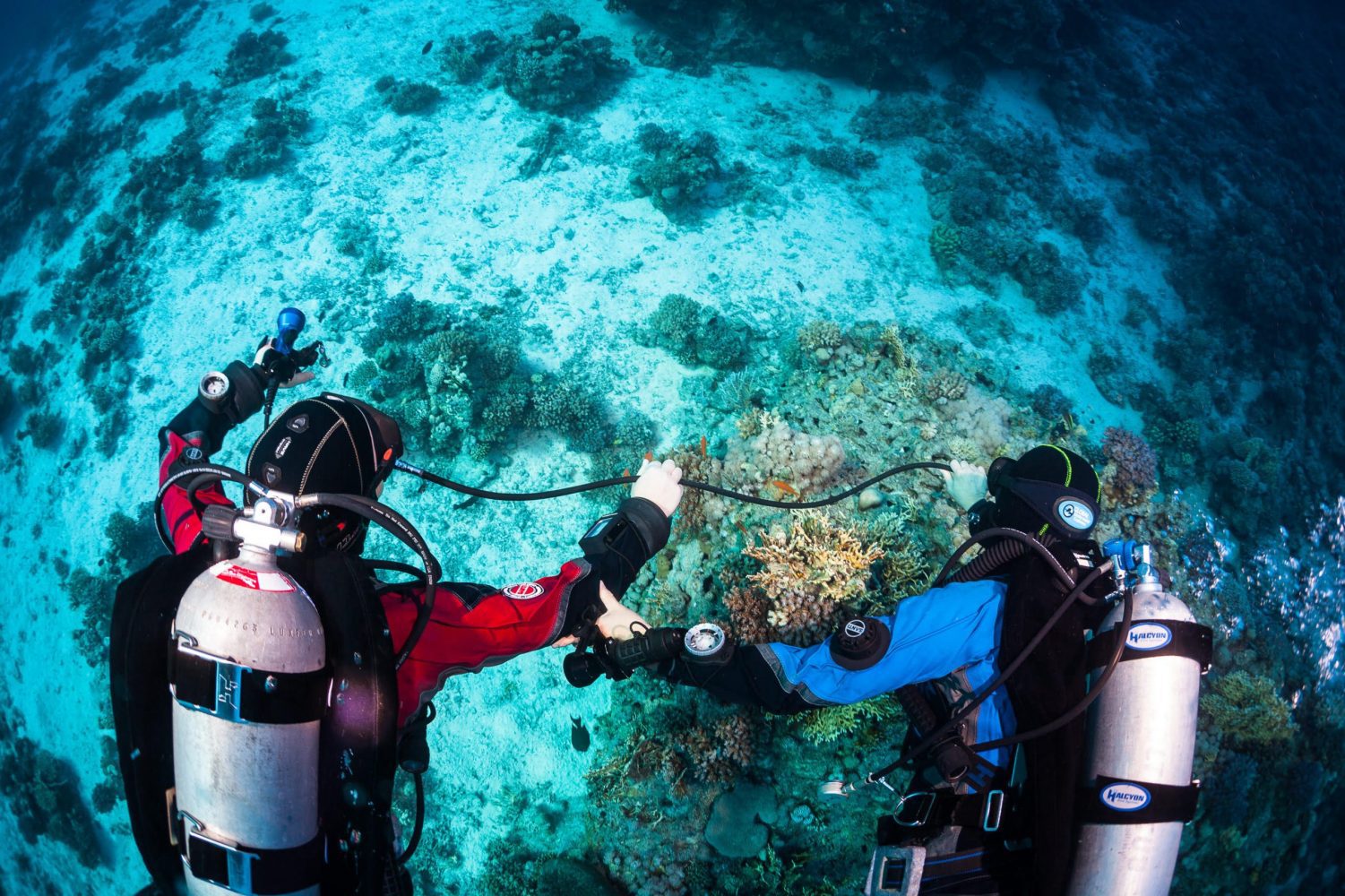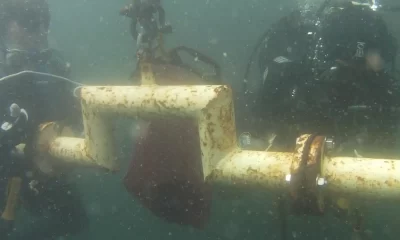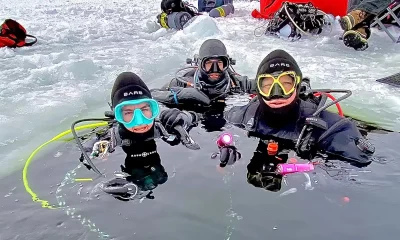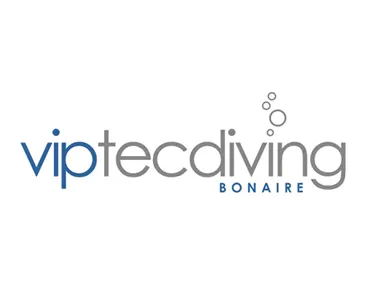Community
Improvement Requires Learning: Learning Happens at the Organizational Level, Too
How do organizations expand their capacity to create the results they truly desire, encourage and nurture members to see the whole together, and work collectively to solve problems? Gareth Lock, principal of The Human Diver explains what is needed to create a “learning organization.”

By Gareth Lock
Header image courtesy of Julian Mühlenhaus. Other photos courtesy of G. Lock unless noted.

Fourteen wildland firefighters died on July 14, 1994, when their attempts to limit the spread of a fire in the Storm King mountain area failed. Due to a series of factors, which were obvious in hindsight, the firefighters were trapped as the fire spread up the hill. They had no means of escape, and the limited time meant they couldn’t build fire shelters. This tragedy triggered the interagency TriData Firefighter Safety Awareness Study that recommended a permanent “lessons learned” program be established for wildland firefighters. In 2002, the Wildland Fire Lessons Learned Center was created. Today, the Lessons Learned Center operates as a national, interagency, federally-funded organization with interagency staffing. Their primary goal is to improve safe work performance and organizational learning for all wildland firefighters.
They are a true learning organization. They have created behavioral changes regarding:
- capturing data from events.
- sharing events across all wildland firefighters.
- changing behaviours as a consequence of the identified and shared stories and analyses.
Their website can be found here
So, what has this got to do with diving and diver training organizations? The goal of these diving organizations is to educate instructor trainers, instructors, and divers to a standard which they have defined in their own documentation. In the modern safety world, this documentation makes up part of the concept of “Work as Imagined” – what should be done to remain compliant and, as a consequence, keep divers and instructors safe—both operationally safe, and also safe from litigation.
However, these standards provide some “freedom for maneuver” because the real world is rarely aligned with what is written in a book, and even if the books could be written with all those variations, they would be so large that no one would read them! Consequently, there is a gap between what should happen and what does happen. What actually happens is called “Work as Done.”
The gaps between “Work as Imagined” and “Work as Done” are risks that individuals and organizations should manage, especially if the risks can lead to adverse events. Unfortunately, this gap was not recognized in time for the Storm King mountain event, which is why the Wildland Fire Lessons Learned Center was formed, and why for the last 10 years it has been operating as a learning organization closing the gap between “Work as Imagined” and “Work as Done.”
What is a Learning Organization?
The following definitions provide different insights into what a learning organization is.
- Learning organizations [are] organizations where people continually expand their capacity to create the results they truly desire, where new and expansive patterns of thinking are nurtured, where collective aspiration is set free, and where people are continually learning to see the whole together. (Senge 1990: 3)
- The Learning Company is a vision of what might be possible. It is not brought about simply by training individuals; it can only happen as a result of learning at the whole organization level…an organization that facilitates the learning of all its members and continuously transforms itself. (Pedler et. al. 1991: 1)
- Learning organizations are characterized by total employee involvement in a process of collaboratively conducted, collectively accountable change directed towards shared values or principles. (Watkins and Marsick 1992: 118)
In a learning organization, learning happens across the whole organization, and while some might be led and directed top-down, others will be informed bottom-up. What is common to both is the need to share the information to create learning opportunities, and then change behaviors afterwards.
The Fifth Discipline
In The Fifth Discipline, Peter Senge distills the concept of learning organization down to five principles. Note that while this InDepth article is written from the perspective of an “organization,” this term could also apply at a team level too.
- Shared vision – a shared vision is an important characteristic of a learning organization, as it provides a common goal to the members of the organization. As a result, they feel motivated to learn to achieve a common goal. The vision for the organization must be built by the interaction with the members, not by the organization itself. Through this authentic interaction, members feel motivated to learn to achieve that common goal.
- System thinking – this means the organization doesn’t look at issues at the individual level, it looks at them at them with a view that recognizes the interdependence of the components. So, when changes are made to one part of the system e.g., changes to training courses or equipment configurations, the wider perspective is taken to see what other things are impacted. Or, when one instructor has identified an issue, it is addressed system-wide and not just seen as “their problem.” The identification of trends is unlikely to happen quickly. This means that by the time the individuals’ problems are widespread, they are much more difficult to correct. Learning organizations are proactive, not reactive.
- Team learning – organizations can only become successful learning organizations if the leadership focuses on the learning of the whole team rather than the learning of an individual. Team learning happens through the accumulation of individual learning, and learning organizations encourage openness and boundary-crossing of established groups or teams. In the context of diving, this could be through co-teaching or taking part in larger projects with members from different teams coming together and sharing ideas and then taking them back to their own original teams and others who were not present. Instructor trainers and examiners play a crucial role in organizational learning because they have access to many different individuals across the organization.
- Personal mastery –this is where the individual puts 100% of their effort into the task, bridging the gaps between what they know and what needs to be done. In the context of teaching, this could be improving their own personal knowledge to pass onto students about a parallel and linked activity like communication, leadership, decision making, or situation awareness. While an organization can provide training opportunities, the individual must want to learn and improve themselves for the change to happen.
- Mental models – in the context of a learning organization, this is about ensuring the models (expectations) of the individual are aligned with what the organization’s values and goals are. This happens through personal engagement and visible leadership.
What is needed to create and support a Learning Organization?
If the goal is to capture, analyze, and share information so that behaviors can be changed, what is needed to support this?
There are a number of building blocks required for an organization to evolve into a Learning Organization:
A Supported Learning Environment:
An environment that supports learning has four distinguishing characteristics:
- Psychological safety. To learn, members of the organization cannot fear making a mistake, be that speaking up, asking a naïve question, making a contribution, or presenting a minority view. Instead, they must be comfortable expressing their thoughts about the work at hand. This is not about being brave; it is about the environment being safe, and leaders create this environment through role-modelling. Bravery is needed to overcome fear; if there is no fear, there is no need for bravery. This video provides more insight into what psychological safety is. A series of four blogs on the The Human Diver website expands on this in more detail too.
- Appreciation of differences. Cognitive diversity, the ability to think differently and through different lenses, has been shown to be a key factor in successful organizations and teams. This diversity can increase energy and motivation, spark fresh thinking, and prevent drift. However, it can be hard for some to separate standard operating processes and standardized equipment from a fixed view of the world.
- Openness to new ideas. Learning is not simply about correcting mistakes and solving problems. It is also about crafting new approaches to problems. The members within the organization should be encouraged to take risks and explore the untested and unknown. This is linked to learner and contributor safety in Dr. Timothy Clarke’s “Four Stages of Psychological Safety.”
- Time for reflection. There is an essential need to reflect on what happened and not immediately move onto the next task. Learning can be catalyzed through an effective debrief. In the DEBRIEF model I teach, “F” relates to follow-up/file so that the lessons identified can be learned. Supportive learning environments allow time for a pause between activities and encourage an analytic review of the organization’s processes.
Concrete learning processes and practices.
Learning across the organization doesn’t happen immediately, nor does it happen without effort being applied by the leadership and members. There is a need for structured processes and tools which allow and encourage the generation, collection, interpretation, and dissemination of information. This could be something as simple as a forum with two key themes: “I need help to solve a problem” and “a lesson I have just learned.”
To achieve maximum effect, the knowledge must be shared in systematic and clearly defined ways, and this is one of the challenges in the diving sector given the geographically dispersed nature of most organizations. Sharing can take place among individuals, groups, or the whole organization, and the knowledge shared should move sideways and vertically (both ways) across the organization.
The knowledge-sharing process can be internally focused, which looks at how an instructor failed to deliver a class effectively, or handled a difficult student, or why drift is happening with students post-class. Alternatively, knowledge sharing can be externally focused, where students or potential instructors are surveyed to understand their perceptions of the organization.
As well as having the culture needed for learning, there is a need for a tool or forum that allows this learning to be shared. Such tools ensure that essential information moves quickly and efficiently into the hands and heads of those who need it.
A few questions for you to consider. What learning systems or processes exist within your team or organization to manage the information flow from event to learning and altered behaviors? How do you know it is working? What would make it more effective?
Leadership that reinforces learning
Organizational learning is strongly influenced by the behaviour of the leaders within the organization. When leaders actively question and listen to members, which leads to dialogue and debate, those within the organization feel encouraged to contribute and learn. If leaders signal the importance of spending time on problem identification, knowledge transfer, and reflective debriefs, the prevalence of these activities will increase. At the same time, if leaders close conversations down with statements like, “We’ve always done it this way,” then input and contributions will cease, and learning will wither.
Leaders don’t need to have all the answers themselves. In fact, the strength of a leader in a learning organization is the ability to ask team members curious questions. When I teach my human factors classes, I am not too bothered about whether the students succeed in getting home to GemaBase, but I want to know and understand their thought processes involved. Positive outcomes are seductive, but it is the decision-making process that counts when it comes to learning. Curious questions include: “What criteria did you use?”, “Why did you think the way you did?”, “What alternatives did you consider?”, “What were your assumptions based on?” The questions are not designed to yield particular answers, but rather to generate open-minded discussions so that learning can flourish.
In Summary
This might have appeared to be an intensive blog, which doesn’t give much practical advice on how to create a learning organization. However, the first steps to creating a learning organization are in your head as a leader or member of that organization. The tools and interactions needed to capture, process, and share the information come second.
For those who want to embark on a journey of learning, once you’ve got the attitude, work out how you start the conversations with those who have the knowledge. Then encourage them to share their stories, their learning, and their changed behaviors. There are plenty of remote conversation tools like Zoom, Google Hangouts, or WhatsApp to facilitate this. However, if you don’t have a psychologically safe environment, then your conversations are going to be limited.
If you’d like to know more about how to create a psychologically safe environment, get in touch, as I have access to tools and processes which you can use to assess and develop it within your organization or team.

Since 2011, Gareth has been on a mission to take the human factors and crew resource management lessons learned from his 25 year military aviation career and apply it to diving. In 2016, he formed The Human Diver with the goal to bring human factors, non-technical skills, and a Just Culture to the diving industry via a number of different online and face-to-face programs. Since then, he has trained more than 350 divers from across the globe in face-to-face programs, and nearly 1500 people are subscribed to his online micro-class. In March 2019, he published “Under Pressure: Diving Deeper with Human Factors” which has sold more than 4000 copies and on May 20th, 2020, the documentary “If Only…” was released, which tells the story of a tragic diving accident through the lens of human factors and a Just Culture. As a presenter at dive shows and conferences round the globe, he has shared his knowledge about and his passion for diving. He has also been called upon as a subject matter expert to assist with a number of military diving incidents and accidents focusing on the role of human factors.




















































